Can you help?
Deanna and I have been running this site since 2008 and lately we're seeing a big increase in
users (and cost) but a decline in percentage of users who donate. Our ad-free and junkware-free
download site only works if everyone chips in to offset the revenue that ads on other sites bring
in. Please donate at the bottom of the page. Every little bit helps. Thank you so much.
Sincerely,
your Older Geeks: Randy and Deanna
Always scroll to the bottom of the page for the main download link.
We don't believe in fake/misleading download buttons and tricks. The link is always in the same place.
RASAero II 1.0.2.0
Rogers Aeroscience RASAero Aerodynamic Analysis and Flight Simulation Software
RASAero II is a combined aerodynamic analysis and flight simulation software package for model rockets and high power rockets, amateur rockets, and sounding rockets. RASAero II can also be used for predicting aerodynamic coefficients for use in other flight simulation programs for orbital rockets.

The RASAero II aerodynamic prediction methods are the most accurate available for model, high power, and amateur rockets, and are of equivalent accuracy to professional engineering method aerodynamic analysis codes used for missiles, sounding rockets, and space launch vehicles.
In testing in comparison with high power rocket barometric altimeter data, optical tracking data, accelerometer-based flight data, and GPS flight data, the average RASAero II altitude prediction error was 3.38%, with 78.8% of the RASAero II flight simulation altitude predictions within +/- 10% of the flight data, and 42.4% of the altitude predictions within +/- 5% of the flight data.
The RASAero II aerodynamic predictions include drag coefficient at zero degrees angle of attack, drag coefficient with a non-zero angle of attack, and lift coefficient and normal force coefficient with angle of attack; for both power-on (thrust phase) and power-off (coast phase). Center of pressure is predicted both as a function of Mach number and as a function of angle of attack. Aerodynamic coefficients are predicted for the subsonic, transonic, supersonic, and hypersonic flight regimes, from Mach 0.01 to Mach 25.
The RASAero II aerodynamic prediction methods and the RASAero II software have been calibrated against NACA and NASA wind tunnel model data, free-flight model data and sounding rocket data, missile aerodynamic data, and professional engineering method missile aerodynamic analysis programs, against which in comparison tests RASAero II has demonstrated equivalent numerical accuracy.
Installation Notes:
After downloading the software, unzip the zip file, and run RASAero II Setup Version 1.0.2.0 to install the software.
If there is no error message, continue with the installation of the software, and complete the installation of the software.
If the following error message is displayed:

Click "No", and Exit the RASAero II Setup Program.
See this article on how to Enable .NET Framework 3.5 on Windows.
Then re-run RASAero II Setup Version 1.0.2.0 to install the software.
Changes:
v1.0.2.0
Corrected errors in the nose cone wave drag models for LV-Haack, parabolic, and elliptical nose cones. There were no errors in the nose cone wave drag models for tangent ogive, Von Karman ogive, conical, and power law nose cones. Nose cone wave drag occurs at transonic, supersonic, and hypersonic Mach numbers.
Added the ability to enter nested upper stages; where the upper stage motor extends beyond the bottom of the upper stage and slides into the front of the booster stage.
Added new protuberance drag models (for missile raceways, camera shrouds, fin brackets, etc.); streamlined no base drag, streamlined with base drag, and inclined flat plate.
Combined protuberance drags; rail guide, launch lug, launch shoe, streamlined no base drag, streamlined with base drag, inclined flat plate; into one combined protuberance drag coefficient (CD) output.
Added option to the existing capability to export tabular output data from the Flight Simulation to an Excel (.CSV) output file, where rather than having the data exported to the file in increments of every 0.01 sec, the user can select every 0.01 sec, 0.10 sec, 0.50 sec, or 1.0 sec. (The Flight Simulation is still run with a time step of 0.01 sec, the data is just exported in larger time steps.)
Note that the Aerodynamic Plots also has the existing capability to export aerodynamic tabular output data to an Excel (.CSV) output file.
Corrected error in the first motion on the launch rail when the initial thrust was lower than weight. Rocket did not slide backwards on the rail, but negative acceleration was built up which had to be unwound into positive acceleration before the rocket would begin to move up the rail.
Made further improvements in the extensions to the power-on base drag model for very large nozzle exit diameters at supersonic and hypersonic Mach numbers, with the nozzle exit area filling a large portion of the rocket base area, for more accurate power-on CD predictions for first and second stages of satellite launch vehicles. No change in the power-on CD for most model, high power, and amateur rockets.
Made mods to the Rogers Modified Barrowman Method nose cone subsonic potential CNAlpha and Center of Pressure (CP) equations for increased accuracy. In the Rogers Modified Barrowman Method the Nose Cone and the body tube which follows the nose cone are treated aerodynamically as a single unit for subsonic potential CNAlpha and CP.
Made mods to the Rogers Modified Barrowman Method expansion section subsonic potential CNAlpha for increased accuracy. No mods were made to the Rogers Modified Barrowman Method expansion section subsonic potential CP.
Corrected error in the Barrowman Method subsonic CP for LV-Haack nose cones.
For rounded and square airfoils with All Turbulent Flow corrected errors in the fin supersonic and hypersonic friction drag.
Modified line-up of print columns in subsonic, transonic, and supersonic and hypersonic print outputs.
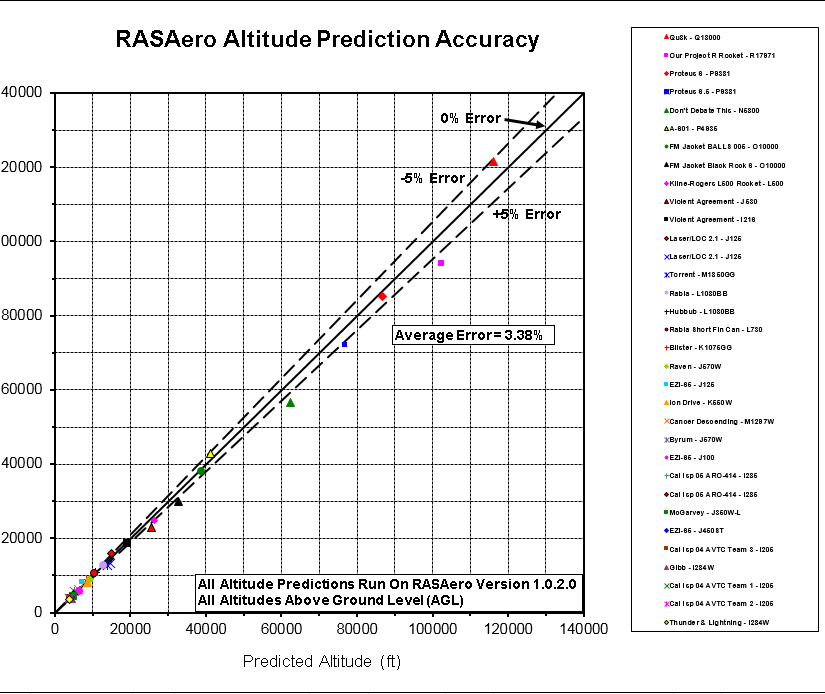
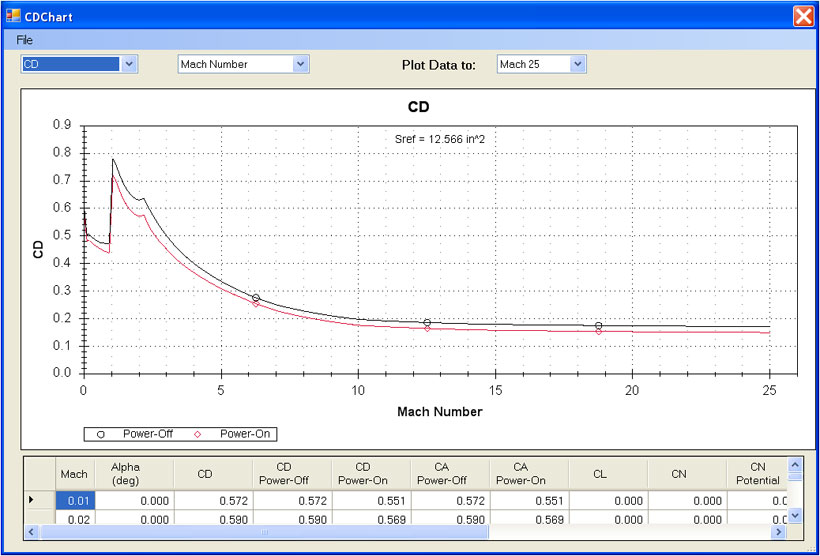
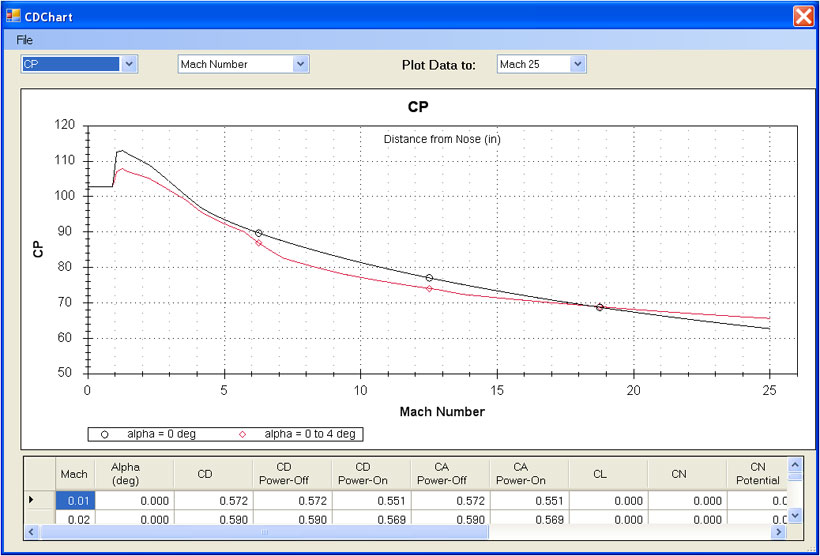
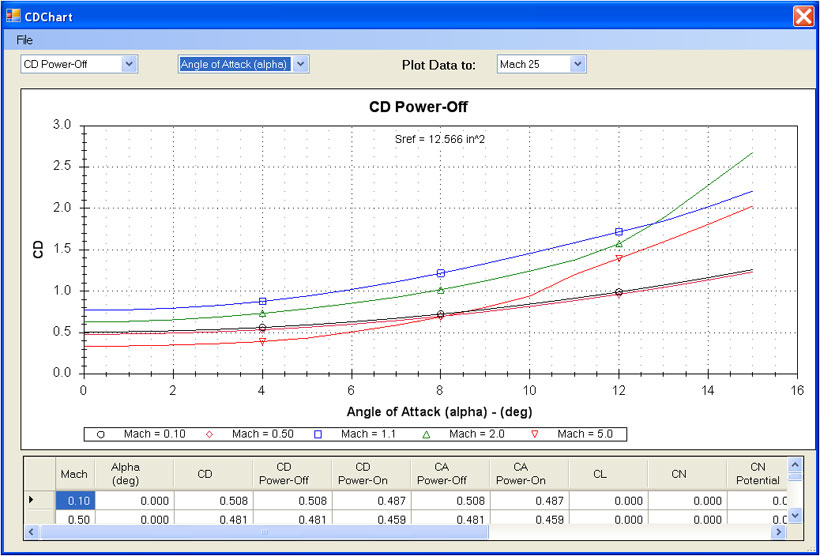

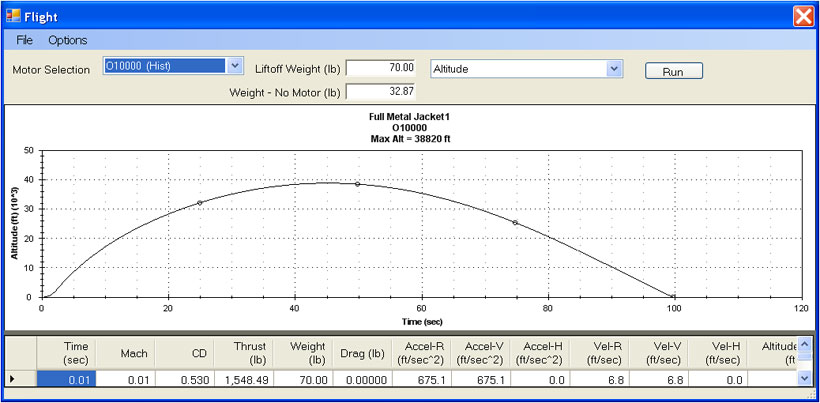
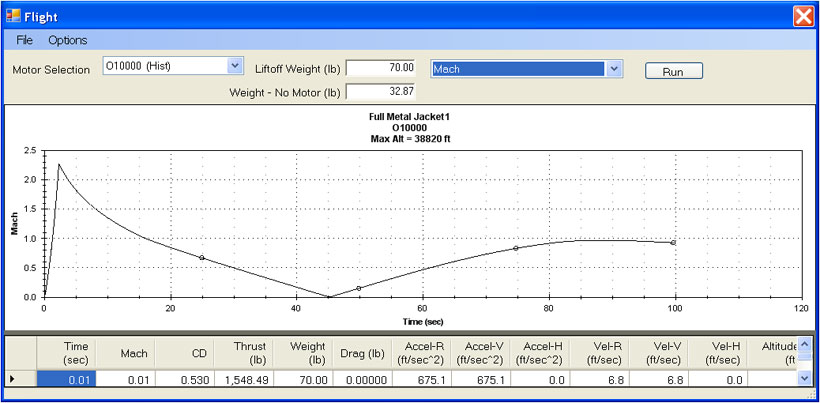
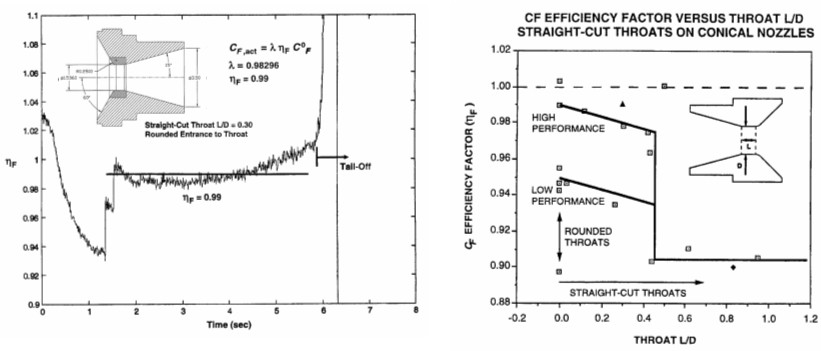
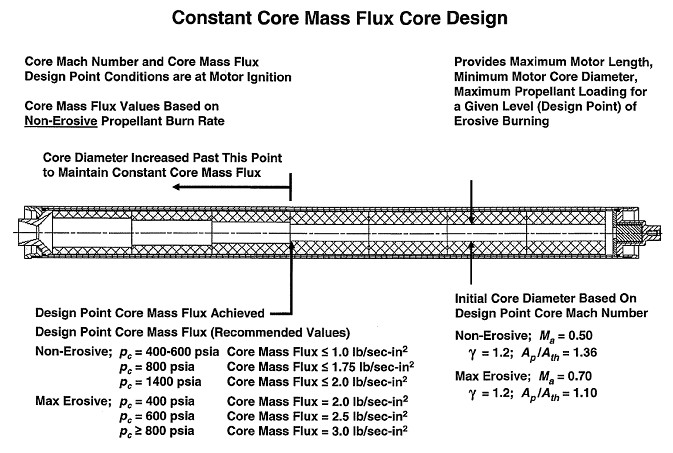
Click here to visit the author's website.
Continue below for the main download link.
|






















 , out of 43 Votes.
, out of 43 Votes.
